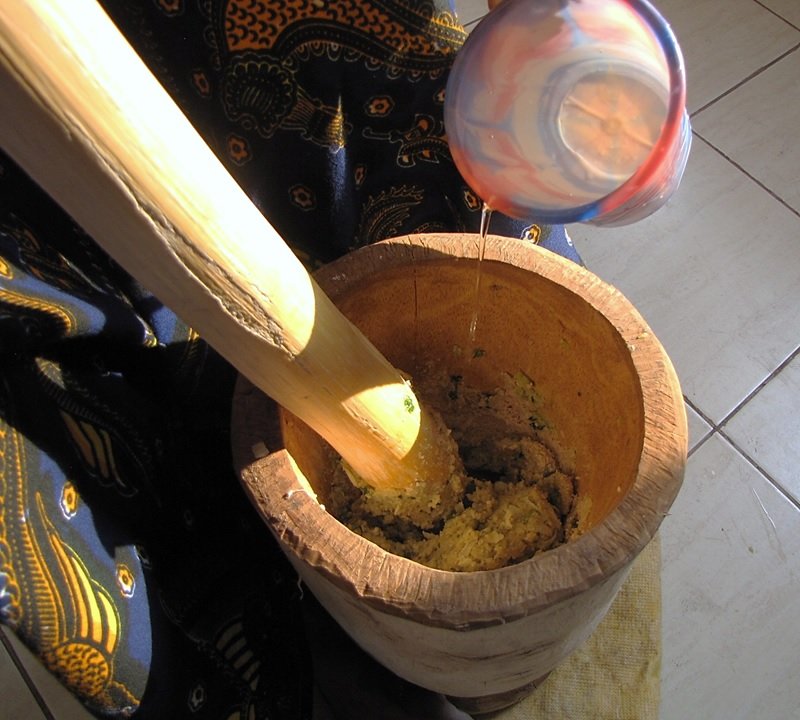Imagine a thousand-year-old remedy bubbling in a battered cauldron, a mixture so pungent you can smell it before you see it. Now imagine scientists in modern labs, desperately searching for weapons against antibiotic-resistant superbugs, stumbling upon this ancient Viking potion. Sounds like the beginning of a fantasy novel, right? Yet, this unlikely intersection of history and science has sparked wild headlines and heated debates: could a medieval onion recipe really help us in our fight against today’s deadliest bacteria? Let’s peel back the layers and see whether this ancient concoction is a true medical marvel—or just another viral myth.
The Legend of Bald’s Eyesalve

The star of this story is Bald’s Eyesalve, a recipe found in a ninth-century medical text called Bald’s Leechbook. It’s an unlikely hero—just a blend of onions, garlic, wine, and cow bile, mashed together and left to ferment. For centuries, this potion was little more than a quirky footnote in history. But in the last decade, researchers have dusted off the old manuscripts and started asking: “Could this actually work?” The very idea that Vikings—or their scribes—could have stumbled upon a remedy that works better than some antibiotics is both thrilling and unsettling.
How the Recipe Is Made

If you were to make Bald’s Eyesalve at home, you’d start by chopping equal parts onions and garlic, then mixing in wine and oxgall (bile from a cow’s stomach). This mixture is carefully mashed and stored in a brass vessel for nine days. The smell is reportedly intense—think of a medieval kitchen gone wild. The recipe is exacting, demanding specific ingredients and precise timing. Modern attempts to recreate it have followed these steps closely to capture the authentic chemistry at play.
What Makes Superbugs So Terrifying?
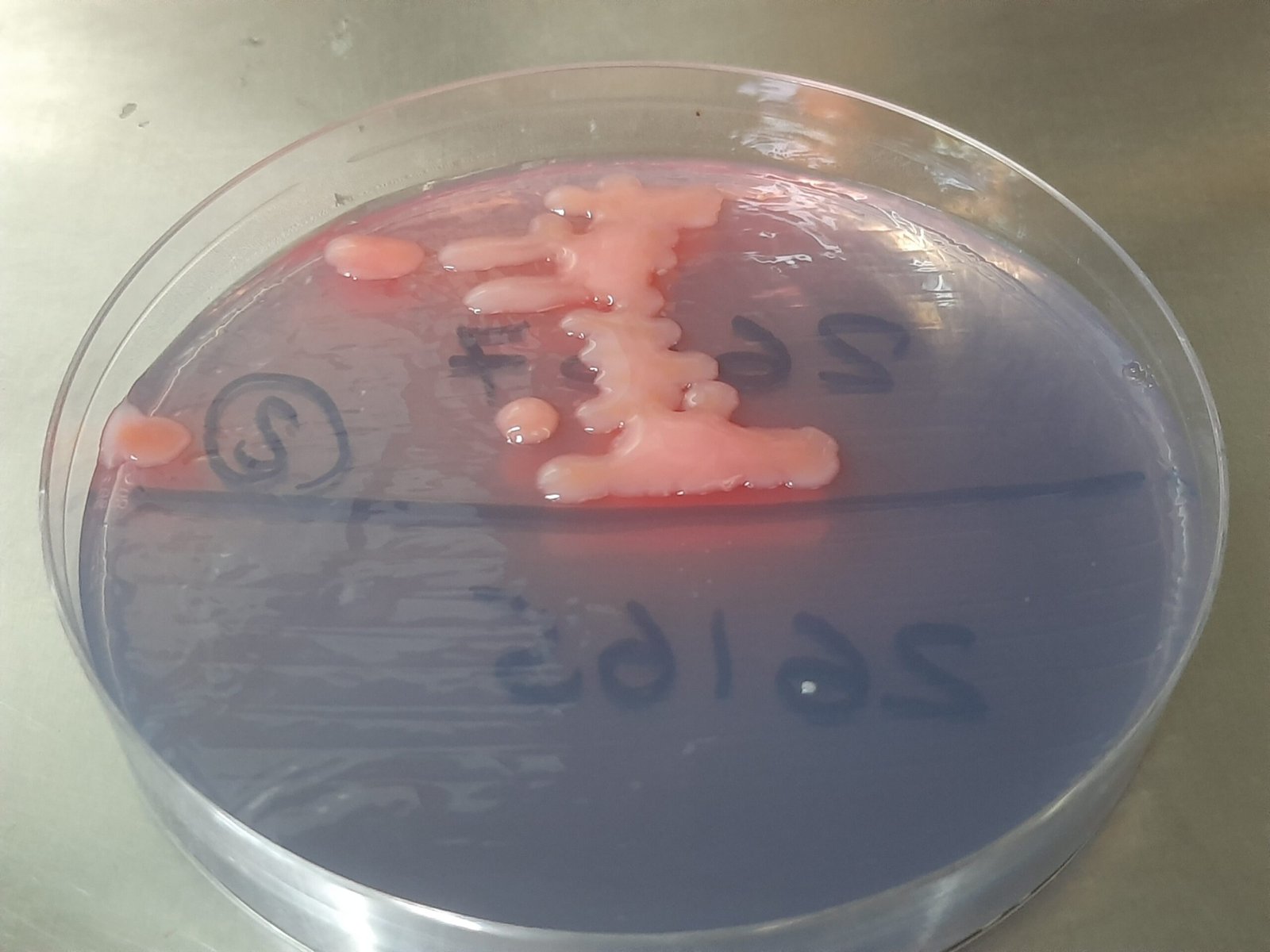
Superbugs are bacteria that have evolved to resist most antibiotics. Hospitals fear them, doctors dread them, and patients who fall victim often face grim odds. MRSA, for example, laughs in the face of our best drugs. Every year, superbugs kill tens of thousands of people worldwide—an invisible but deadly threat. The rise of antibiotic resistance is one of the greatest health challenges of our time, making the search for new solutions not just urgent, but desperate.
Modern Science Meets Medieval Wisdom
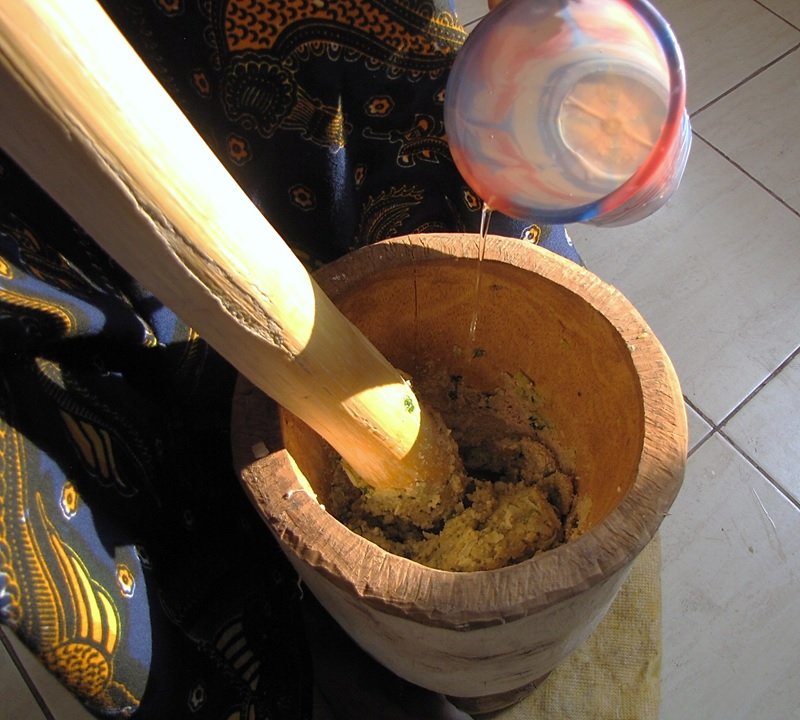
When British researchers first tested Bald’s Eyesalve in the lab, they were stunned. The potion didn’t just slow down bacteria—it annihilated some of the toughest superbugs, including MRSA. This wasn’t a fluke: the effect was repeatable, and the results were published in respected scientific journals. For a moment, it seemed that a thousand-year-old folk remedy might outperform modern medicine. The discovery sent shockwaves through the scientific community and set off a wave of experiments around the world.
The Secret Sauce: Onion and Garlic
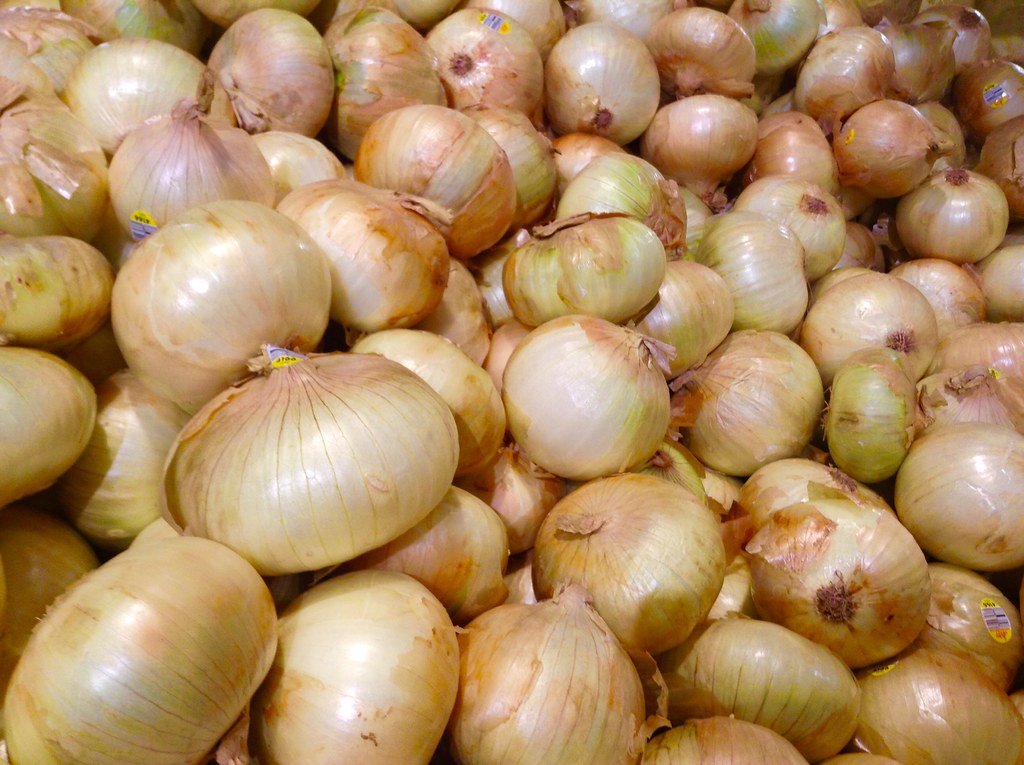
Why would onions and garlic pack such a punch? Both are rich in sulfur compounds like allicin, which can damage bacterial cell walls and disrupt vital processes. Ancient healers may not have known the chemistry, but they certainly knew the effects. When combined with the other ingredients, these vegetables become more than food—they transform into a potent weapon. Imagine the sharp bite of raw garlic, multiplied by the mysterious alchemy of fermentation and brass.
The Role of Wine and Bile
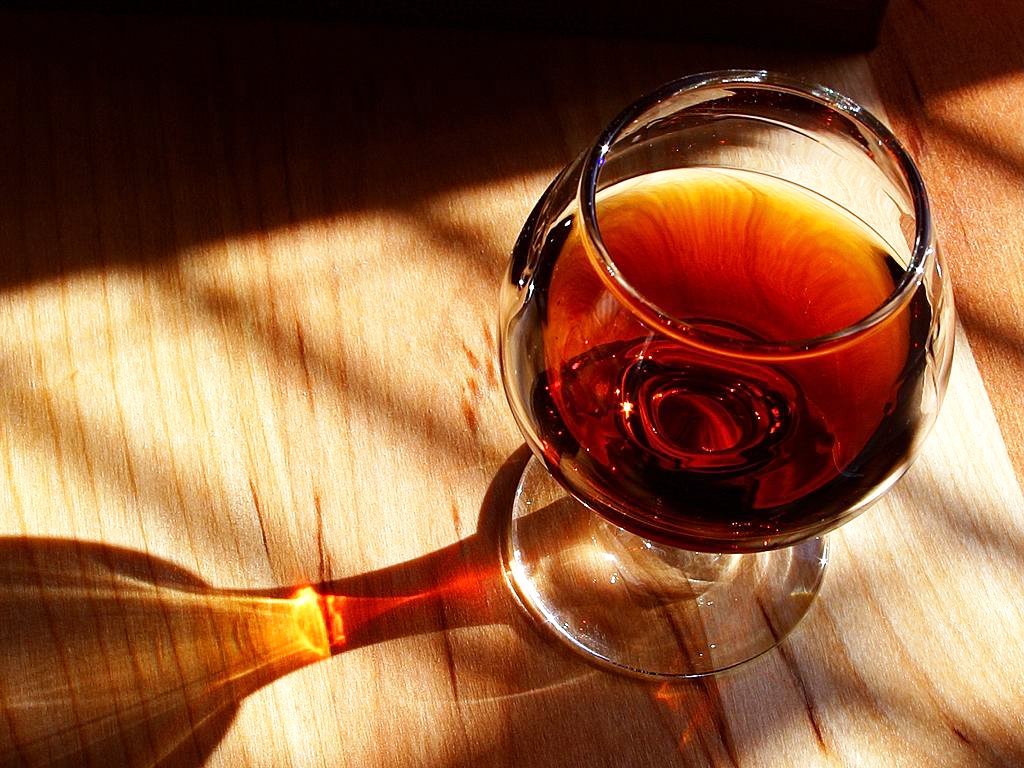
Wine isn’t just there for flavor. Its alcohol content helps extract and preserve the active compounds from onions and garlic. Meanwhile, oxgall introduces a complex mix of acids and salts. Some researchers believe the bile helps break down bacterial defenses, while others think it creates the perfect environment for the other ingredients to work their magic. It’s a medieval version of teamwork—every ingredient playing a role in the fight.
Fermentation: Ancient Alchemy

Leaving the mixture to ferment for nine days isn’t just superstition. Fermentation transforms the chemical makeup of the potion, unlocking new antibacterial properties. The process is similar to how modern probiotics are made, but with a distinctly Viking twist. During fermentation, beneficial microbes may break down plant cell walls, making it easier for the active compounds to attack bacteria. The transformation turns common ingredients into something truly extraordinary.
Testing the Potion: Lab Results
In controlled lab experiments, Bald’s Eyesalve has shown remarkable results against a range of bacteria, including some that defy conventional antibiotics. Researchers use high-tech imaging to watch the bacteria die off, and the results are dramatic. The potion doesn’t just slow growth—it obliterates bacterial colonies. While these findings are preliminary, they hint at the potential for real-world applications.
Animal Studies and Beyond
The next step after petri dishes was to test the potion on animals. In some studies, the salve was applied to infected wounds, where it cleared up infections that would otherwise have been fatal. These successes have encouraged further research, with some scientists now preparing for small-scale human trials. The journey from ancient text to modern medicine isn’t quick, but each step brings us closer to an answer.
Could This Replace Modern Antibiotics?
It’s tempting to imagine Bald’s Eyesalve as the next miracle cure, but experts urge caution. While the potion has shown promise in the lab, it hasn’t yet been tested on humans at scale. Antibiotics are carefully regulated for a reason: safety and effectiveness must be proven. The possibility remains, but for now, Bald’s Eyesalve is more of a promising lead than a certified solution.
Risks and Limitations
No remedy is without risk. The medieval recipe includes ox bile and raw ingredients that could introduce harmful bacteria if not prepared correctly. Modern medicine relies on sterile conditions for a reason. Anyone hoping to try this at home could easily end up with a dangerous infection rather than a cure. The studies so far have been tightly controlled, highlighting the need for caution.
Why This Story Captures the Imagination
There’s something deeply satisfying about the idea that ancient wisdom might outsmart modern science. It’s a story straight out of a legend, with humble ingredients defeating monsters that high-tech labs struggle to tame. The romantic image of Viking healers mixing secret potions is hard to resist. Whether you’re a history buff or a science geek, the tale taps into a primal hope: that the answers we seek might be found in the wisdom of our ancestors.
How the Media Fueled the Hype
It didn’t take long for the headlines to explode. “Viking Onion Recipe Kills Superbugs!” screamed newspapers and websites. Social media lit up with memes and DIY guides. In the rush to share good news, some of the nuance was lost. The scientific findings were real, but the leap from lab bench to miracle cure was overstated. The media frenzy has made it harder for careful researchers to set realistic expectations.
What Scientists Really Think
Most microbiologists are cautiously optimistic. They see the Eyesalve as an exciting lead, but not a silver bullet. “It’s a fascinating example of how we can learn from the past,” one researcher said, “but there’s a long way to go before we’re prescribing this in hospitals.” The scientific community is watching closely, eager to see whether further studies will back up the early results.
The Appeal of Natural Remedies
In an age where people are wary of synthetic drugs and chemical additives, the idea of a natural cure is powerfully attractive. Bald’s Eyesalve fits right into this trend, offering a homey alternative to pharmaceuticals. But it’s important to remember that “natural” doesn’t always mean “safe” or “effective.” The story of the Eyesalve reminds us to balance hope with healthy skepticism.
Vikings and Medicine: More Than Just Warriors
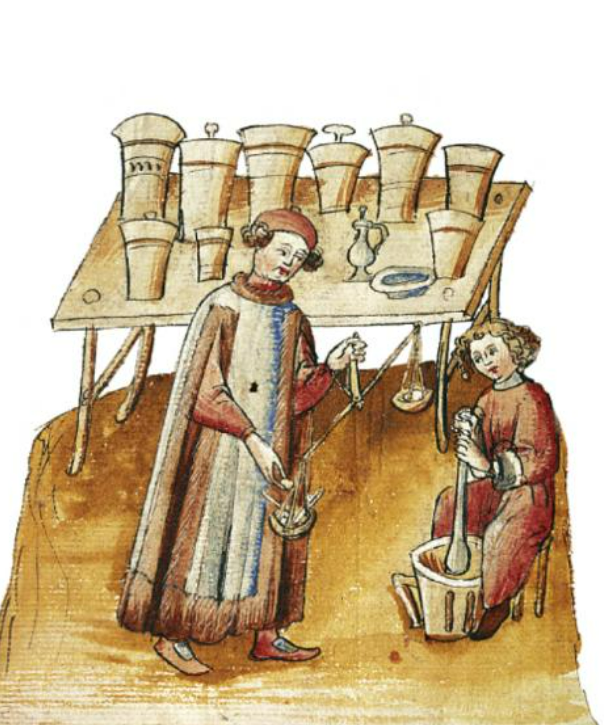
We often picture Vikings as fierce raiders, but they were also skilled healers and herbalists. Medieval texts reveal a deep knowledge of plants, minerals, and animal products. Remedies like Bald’s Eyesalve were part of a sophisticated tradition that combined observation, experimentation, and a touch of mythology. The rediscovery of these recipes reminds us that history is full of surprises.
What’s Next for the Eyesalve?
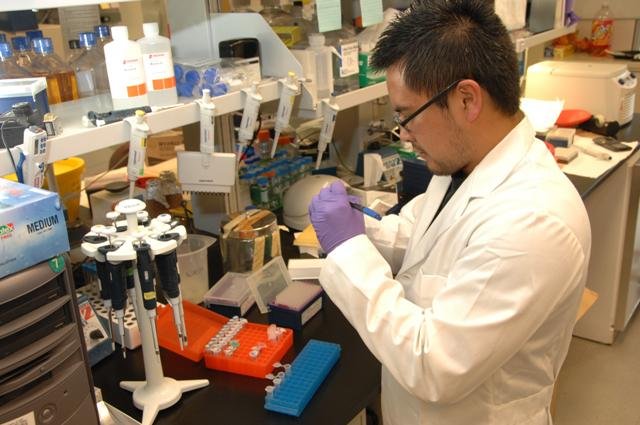
Research is ongoing. Scientists are working to pinpoint exactly which compounds make the Eyesalve so effective, and whether it can be safely adapted for modern medicine. Pharmaceutical companies and universities are collaborating to test new versions and formulations. The process is painstaking, but the potential rewards are enormous. If the Eyesalve—or a version of it—proves effective in humans, it could mark a turning point in the fight against antibiotic resistance.
Could Your Kitchen Hold the Next Breakthrough?
The Bald’s Eyesalve story encourages us to look at our everyday world with fresh eyes. Who knows what other remedies are hiding in old cookbooks or folk traditions? The search for new antibiotics might begin not just in high-tech labs, but in gardens, kitchens, and dusty libraries. Sometimes, the best innovations are really rediscoveries.
Final Thoughts
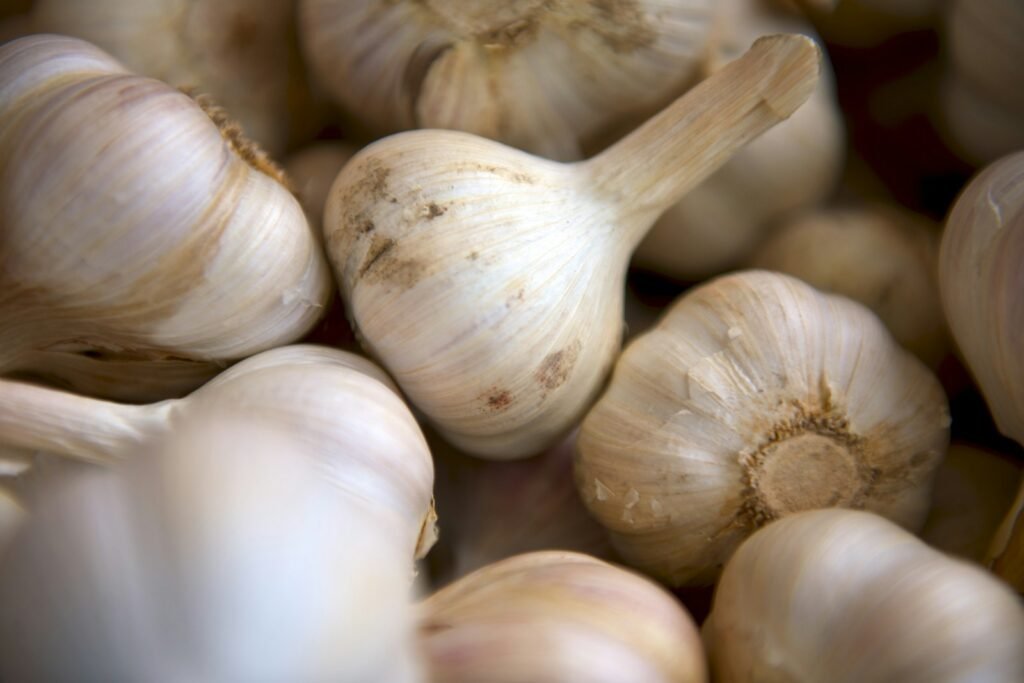
The Viking onion recipe that kills superbugs is a real scientific curiosity—an extraordinary blend of history, biology, and hope. While it’s too soon to declare it a miracle cure, the Eyesalve has already inspired new research and reminded us that wisdom can come from the most unexpected places. The fight against superbugs continues, and perhaps, just perhaps, the answer lies in the past.

